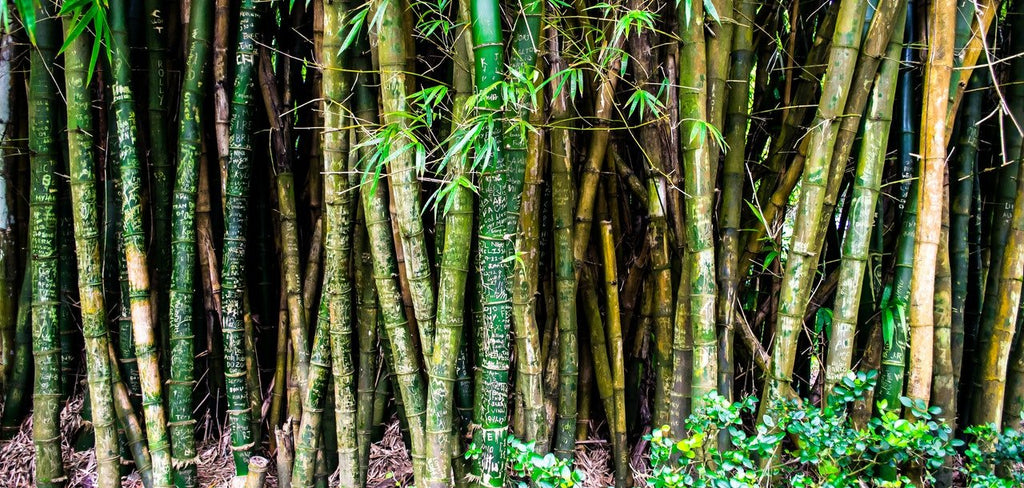We have a saying in the Squares to Spare offices, “Don’t wipe white.” But what does this mean?
As consumers, we’ve gotten used to seeing our toilet paper as this beautiful bright white product. But do you know the processes the toilet paper has to go through to get that white? It’s not very friendly to the environment.
Toilet paper manufacturing uses around 27,000 trees a day to make the paper we use to wipe our bums. This figure alone makes toilet paper not very environmentally friendly. When you add the chemical processes, the chips go through to become toilet paper, and the environment takes another hit.
The chemical processes are even used with the more sustainable options of recycled or bamboo toilet paper. We choose not to put our products through these processes, which is why they aren’t quite white.
How does toilet paper become white?

So how do the brown chips of wood or bamboo become the bright white toilet paper we see on our supermarket shelves? One simple word: Bleach! Most manufacturers use hydrogen peroxide to bleach the wood chips for two reasons, aesthetics and softness.
It’s not all the manufacturer’s fault we, as consumers, choose the bright white toilet paper over the browner stuff. Even with recycled toilet paper, consumers are so used to the white colour, so choose that option. This means even the more sustainable options are less sustainable because it has to go through this bleaching process.
Besides aesthetics, manufacturers also use bleach to get that soft touch we all love on our bum. Trees and bamboo contain an organic polymer called lignin that helps them stand tall and rigid. Lignin is great when the plants are in the ground but not when you want something soft to wipe your bum. Manufacturers could use other processes to soften their products but choose not to. They decide to use the bleaching process for its dual purpose of whitening the product and softening it.
We’ve seen an increase in popularity in recycled and bamboo toilet paper options recently. This illustrates that consumers are ready to change their buying habits to help the environment. The next step we as consumers need to make is to stop expecting bright white toilet paper. If we choose not to wipe white, manufacturers will stop putting bleach in our toilet paper.
Why we choose to keep bleach out of our bamboo toilet paper and don’t wipe white

We at Squares to Spare wanted to make the most sustainable and environmentally friendly toilet paper we could. To do this, we chose not to bleach our bamboo toilet paper. The end product isn’t the bright white that’s often seen in the market.
When you buy a box of bamboo toilet paper from Squares to Spare, it won’t be bright white toilet paper. We understand this can be off-putting, but we made sure to keep the softness without the chemicals needed to make it white.
We believe that the fewer processes the paper goes through, the better for the environment the end product will be. When we decided not to bleach our paper to make it white, we made sure to work out a way to keep the softness we all want from our toilet paper.




Leave a comment: